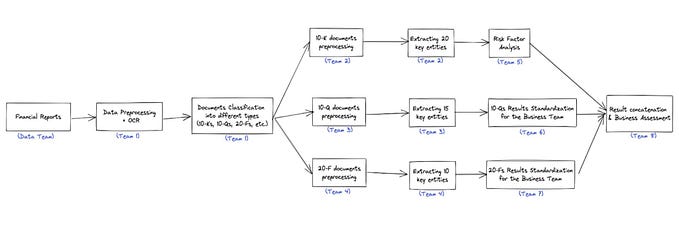Building a Powerful Personal Brand with the Johari Window Framework
The Johari Window model, developed by psychologists Joseph Luft and Harrington Ingham, is a powerful tool for enhancing self-awareness and improving interpersonal communication. By categorizing personal information into four quadrants — Open, Blind, Hidden, and Unknown — the model helps individuals understand how they are perceived by others and how they perceive themselves. This understanding is crucial for personal branding, which relies on authenticity, consistent communication, and meaningful relationships. By leveraging the insights gained from the Johari Window, you can effectively identify your core qualities, values, and reputation and take actionable steps to strengthen your personal brand. Here’s how you can use this model to enhance your personal branding and present a compelling, authentic image to the world.

Strengthening the link between the Johari Window model and personal branding involves leveraging the insights gained from the model to enhance how you present yourself and interact with others. Here are steps to improve your personal branding using the Johari Window framework:
1. Expand Your Open Area
Action: Share more about yourself with others and seek feedback.
- Share Personal Stories and Achievements: Regularly communicate your experiences, accomplishments, and the values that drive you through blogs, social media, or public speaking.
- Solicit Feedback: Actively ask for feedback from colleagues, mentors, and peers. Use tools like 360-degree feedback surveys or informal conversations to gather insights on how others perceive you.
2. Reduce Your Blind Area
Action: Understand how others perceive you and address any discrepancies.
- Accept Constructive Criticism: Be open to receiving feedback without defensiveness. Use this feedback to identify blind spots in your behaviour or skills.
- Self-Reflection: Regularly reflect on the feedback received and assess how it aligns with your self-perception. Make necessary adjustments to your behaviour and presentation.
3. Reduce Your Hidden Area
Action: Increase transparency and authenticity.
- Share Your Values and Beliefs: Clearly communicate your core values, beliefs, and what you stand for. This builds trust and aligns your personal brand with your true self.
- Vulnerability: Share personal challenges and how you overcame them. Authenticity resonates more with people and makes your personal brand more relatable.
4. Explore the Unknown Area
Action: Engage in self-discovery and continuous learning.
- Try New Experiences: Push yourself out of your comfort zone to discover hidden talents and areas for growth.
- Personal Development: Invest in continuous learning through courses, workshops, and reading. This not only uncovers new skills but also keeps your personal brand dynamic and evolving.
5. Consistent Communication
Action: Ensure consistency in how you communicate your personal brand across different platforms.
- Unified Messaging: Maintain a consistent message about your values, skills, and goals across all your communication channels, including social media, personal website, and professional networks.
- Visual Identity: Develop a consistent visual identity (e.g., logo, color scheme, typography) that reflects your personal brand and use it across your digital and physical presence.
6. Building and Nurturing Relationships
Action: Develop meaningful connections that reinforce your personal brand.
- Networking: Actively participate in industry events, webinars, and networking opportunities. Build relationships with key influencers and peers in your field.
- Engage with Your Audience: Regularly interact with your audience by responding to comments, engaging in discussions, and showing appreciation for their support.
7. Showcase Your Expertise
Action: Position yourself as an authority in your field.
- Content Creation: Write articles, create videos, or host podcasts on topics related to your expertise. Share your insights and knowledge to establish yourself as a thought leader.
- Public Speaking: Participate in speaking engagements, webinars, and panel discussions to showcase your expertise and expand your reach.
8. Monitor and Adapt
Action: Regularly review and adapt your personal brand based on feedback and changes in your environment.
- Brand Audit: Periodically conduct a personal brand audit to assess how well your brand is perceived and identify areas for improvement.
- Adapt to Change: Stay updated with trends and changes in your field and adapt your personal brand accordingly to stay relevant.
By systematically applying these strategies, you can use the Johari Window model to enhance your self-awareness and communication, thereby strengthening your personal brand and making it more authentic, credible, and impactful.







